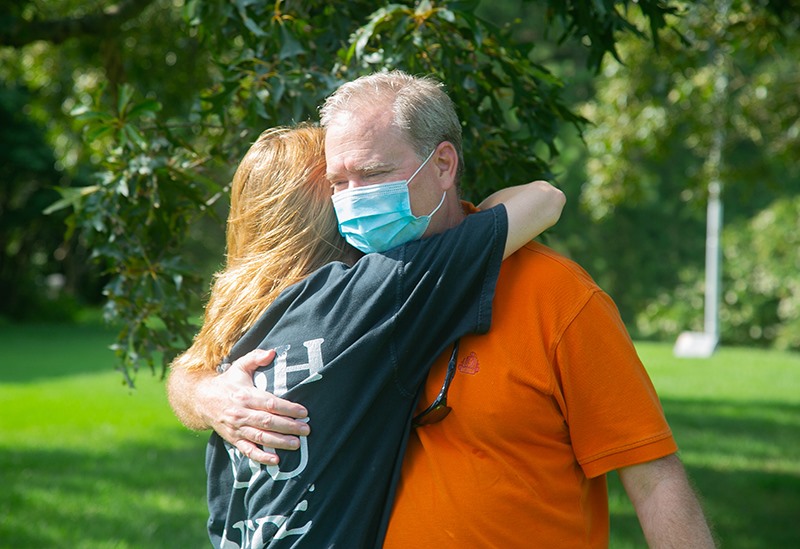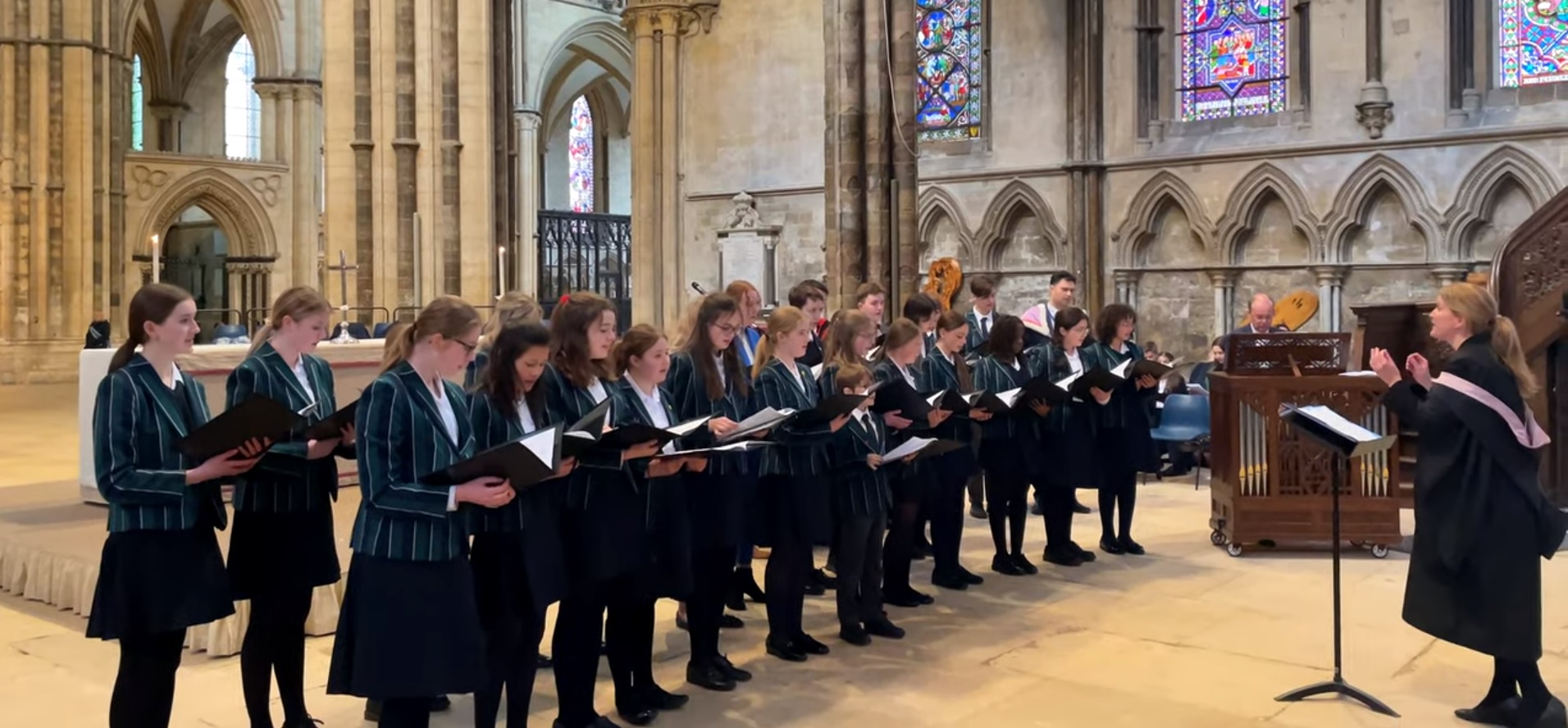“A Prairie Home Companion” is a famous radio variety show created and hosted by Garrison Keillor. The show was known for its mix of humor, music, and storytelling and was broadcast from various venues across the United States. The show often featured live performances and music from various artists and was a cultural staple, particularly in the Midwest.
While Garrison Keillor is best known for his association with “A Prairie Home Companion,” his ties to Macalester College are an important part of his personal and professional history. His experiences at Macalester likely influenced his career in radio and entertainment, and the college takes pride in his achievements as an alumnus.




















